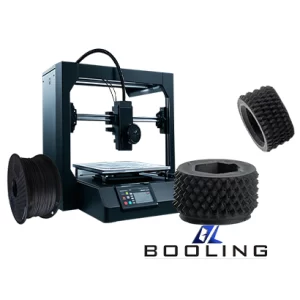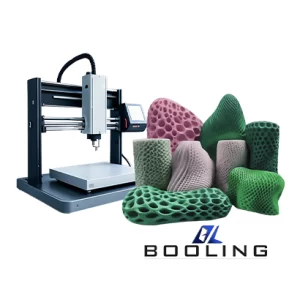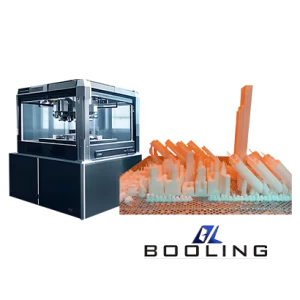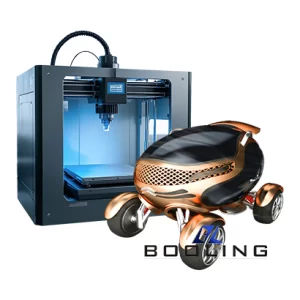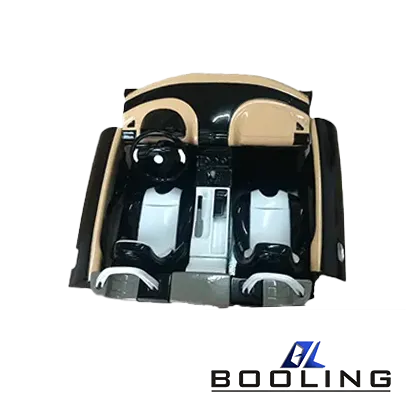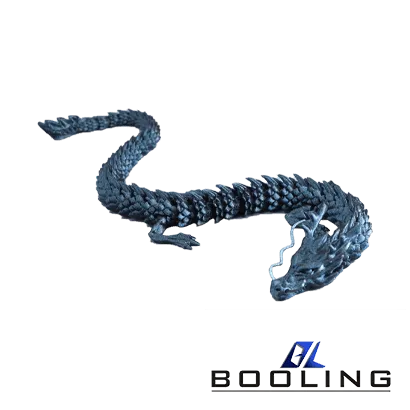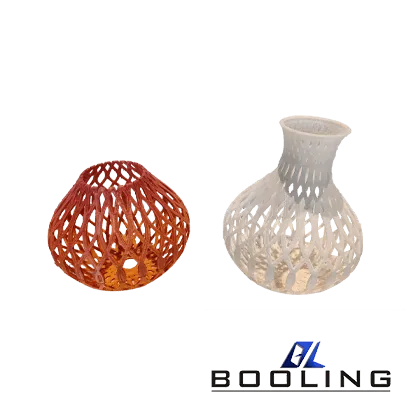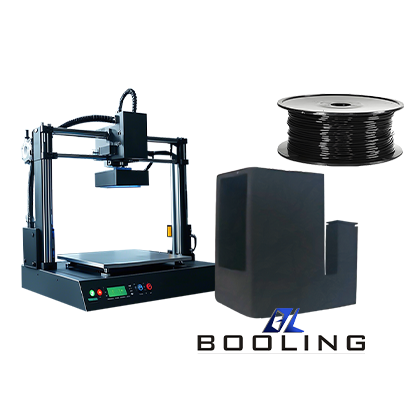Home > Carbon fiber 3D printing customization service
Carbon fiber 3D printing uses high-performance, unique fiber materials composed of more than 90% carbon elements. Parts are made according to the product’s 3D drawings on the Booling high-precision 3D printing molding machines. This material is particularly suitable for high-tech fields such as aerospace. Booling combines the efficient production of 3D printing with the excellent performance of carbon fiber materials to quickly manufacture the latest design concepts of high-strength and lightweight products for aerospace manufacturers.
The advantages of carbon fiber 3D printing
- Achieve lightweight production
- Additive manufacturing technology
- Realize the manufacturing of complex shapes
- Achieve rapid prototyping
Carbon fiber 3D printing belongs to additive manufacturing technology, which can perform high-precision product processing and manufacturing, with a relatively high utilization rate of materials. It can produce high-quality, high-strength, and lighter products, and provide excellent product processing services for precision fields such as automotive parts and aerospace components.
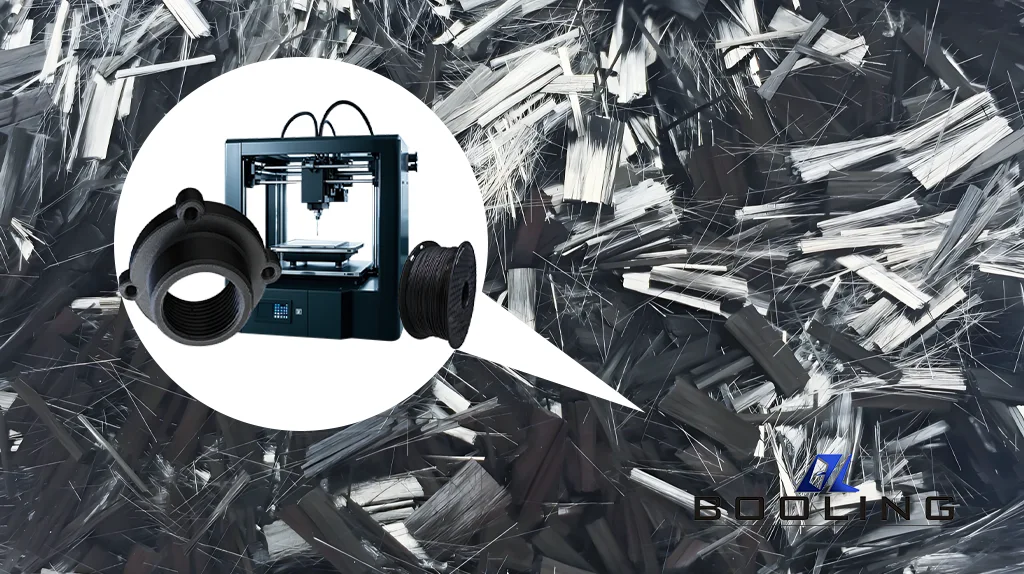
Characteristics of Carbon Fiber 3D Printing Raw Materials
Carbon fiber is a commonly used material in 3D printing service. It is mainly composed of carbon fiber and matrix material, and it has excellent processing performance.
- Carbon fiber materials have a low density of only 1.6g/cm ³, but they have good mechanical properties and can replace some metal materials to make lighter 3D printed products.
- Carbon fiber products have good shock absorption and sound insulation effects, which can reduce vibration and noise.
- Good wear resistance can reduce component wear and extend component lifespan.
- Carbon fiber has good chemical properties and strong resistance to acidic and alkaline substances, which can improve the service life of products in harsh environments.
- The thermal expansion coefficient of carbon fiber materials is small, negative at room temperature, and close to zero at high temperatures of 200 ℃ -400 ℃, indicating good material stability.
- It also has a certain degree of conductivity, which can be used to process electronic devices with specific properties.
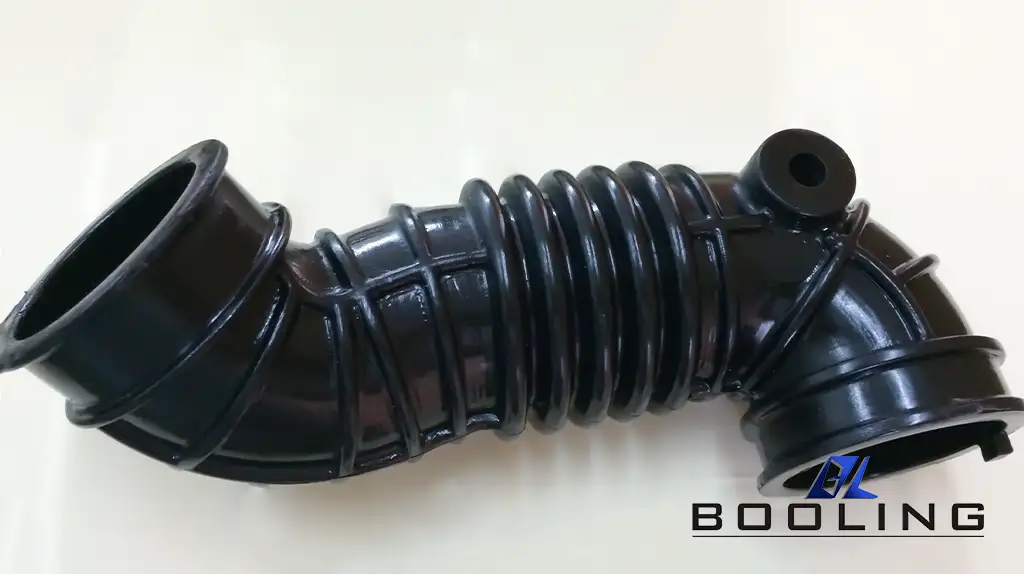
Application Areas of Carbon Fiber 3D Printing
Carbon fiber 3D printing materials have good characteristics and obvious processing advantages and have applications in many precision fields.
- Automobile manufacturing: It can be used to manufacture car frames, doors, air ducts, and other components, which can effectively reduce the weight of the car body. Using carbon fiber custom 3D printing can reduce the weight of metal parts and decrease the body weight by 40%.
- Aerospace field: used for processing aircraft wings, frames, and other components, which can significantly reduce component weight and increase aircraft fuel range.
- Electronic appliances: can manufacture casings for electronic products such as mobile phones, tablets, laptops, etc., with high strength, and can meet users’ requirements for lightness and thinness.
- Shipbuilding: Carbon fiber is corrosion-resistant and lightweight, and its use in ship component processing can greatly enhance the stability and durability of ships.
- Bicycle: can be used to manufacture bicycle seats, handles, frames, etc.

Carbon Fiber 3D Printing Material Property Report
3D Printing Service Related Content
Applied’s expertise in modifying materials at atomic levels and on an ihdustrial scaleenables our customers to transform possibilities into reality.

